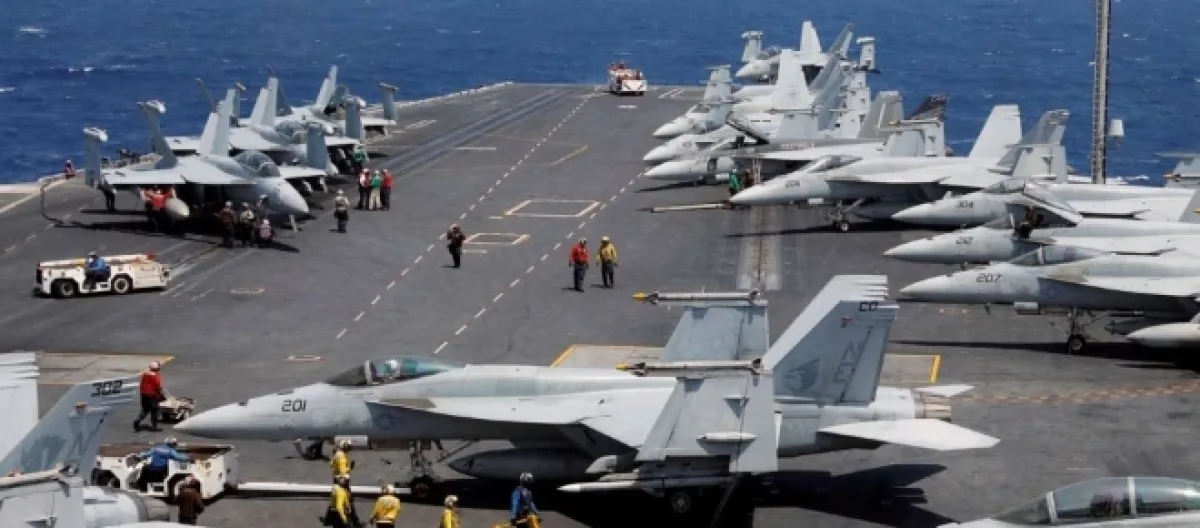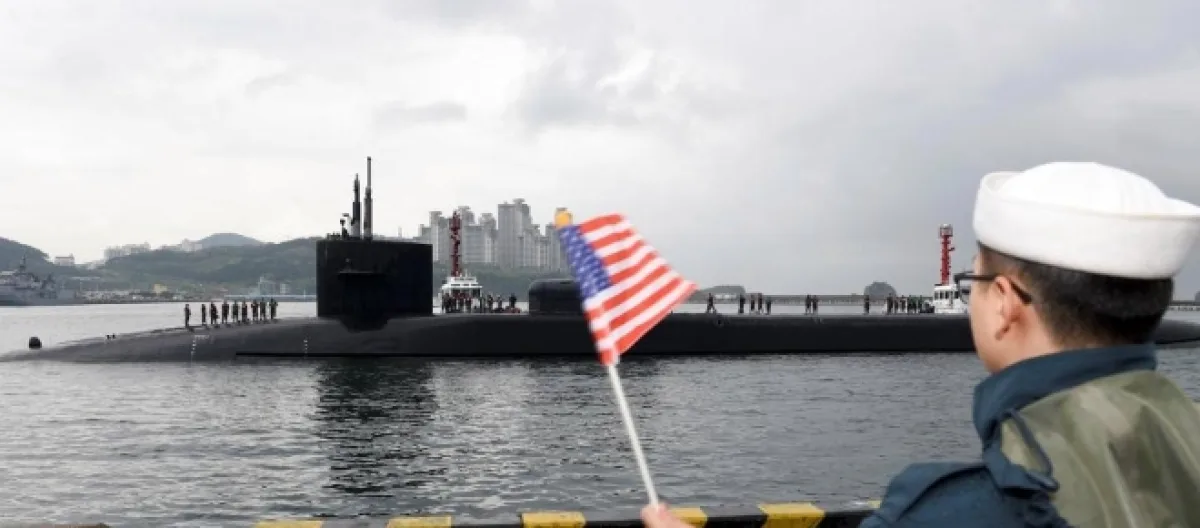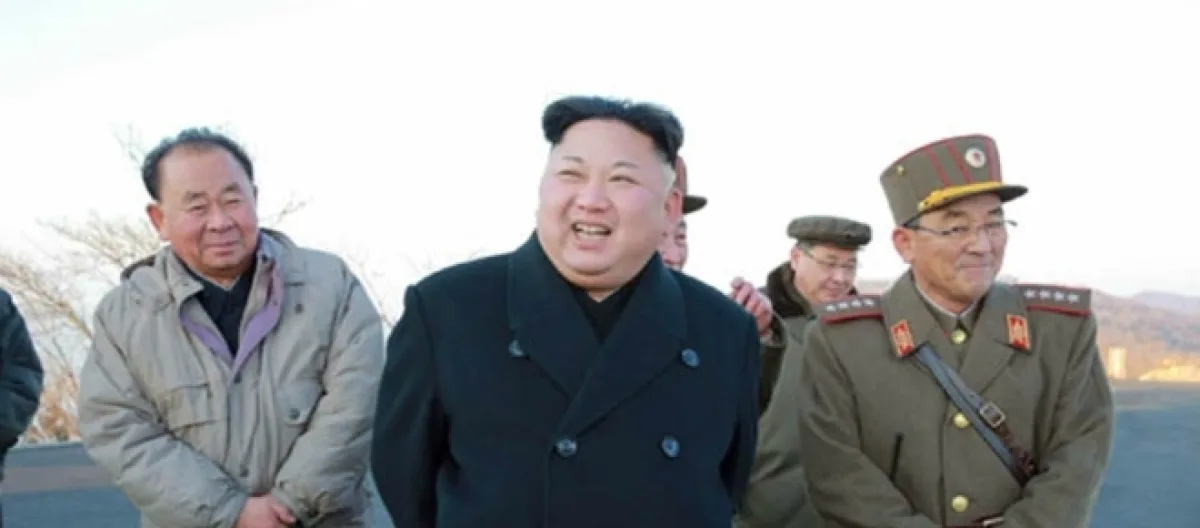The United States and Japan have undertaken combined training exercises in which American warships and the military of Japan are participating. The venue is near the coast of North Korea and the last time such an exercise was carried out was in the 1990s. Officials have clarified that these exercises are not attempts to intimidate North Korea even as China feels that the joint military drill has undertones of provocation in the korean peninsula.
Details of the exercise
New Zealand Herald reports that the exercise was a fallout of the successful testing of an American missile that could bring down an ICBM in midair because North Korea had threatened to attack the United States with such a weapon. The communist state is known to be building its own long-range weapons.
USS Carl Vinson and the USS Ronald Reagan are the warships involved in the joint exercises that will go on for three days and the authorities have reiterated that this exercise is a routine affair and is not any form of provocation. The purpose is basically to reassure its allies and at the same time to keep its own fleet in fighting condition and ready to meet any sudden arising.
Japanese Prime Minister Shinzo Abe has expressed his willingness to join hands with The United States to put North Korea in check but China has urged restraint. Its message is that there should not be any provocation that could disturb the balance in the Korean Peninsula.
U.S. involvement in the Korean peninsula
The Korean Peninsula is a hot bed of tension and the friction between the North and the South keeps surfacing on a regular basis. The defense ministry of South Korea had confirmed a joint drill it carried out recently with a U.S. supersonic bomber. The North reacted to this by accusing the United States of practicing a nuclear bomb dropping drill.
America has already positioned a missile defense system in South Korea.
It is the Terminal High-Altitude Area Defense system or THAAD and its purpose is to protect South Korea from a potential North Korean missile strike. In addition, there are at present more than 28,000 troops stationed in South Korea as a part of the American strategy.
There are plenty of interests at stake in the Korean peninsula. The missile tests of North Korea and its threats of attacking America with nuclear weapons is a matter of grave concern. Efforts to dissuade Pyongyang from pursuing its nuclear weapon program have fallen on deaf ears and even imposing economic sanctions appear to have no effect. In fact, after every test, it claims to have improved its performance and these are disturbing trends.
A spokesman for the Chinese Ministry of Foreign Affairs has said that a solution to the turbulent situation in the Korean Peninsula could be evolved through dialogue and consultation. No one wants the situation to go out of control because a nuclear war would mean destruction. It is, therefore, necessary for all concerned to sink their differences and strive to find an acceptable solution.


